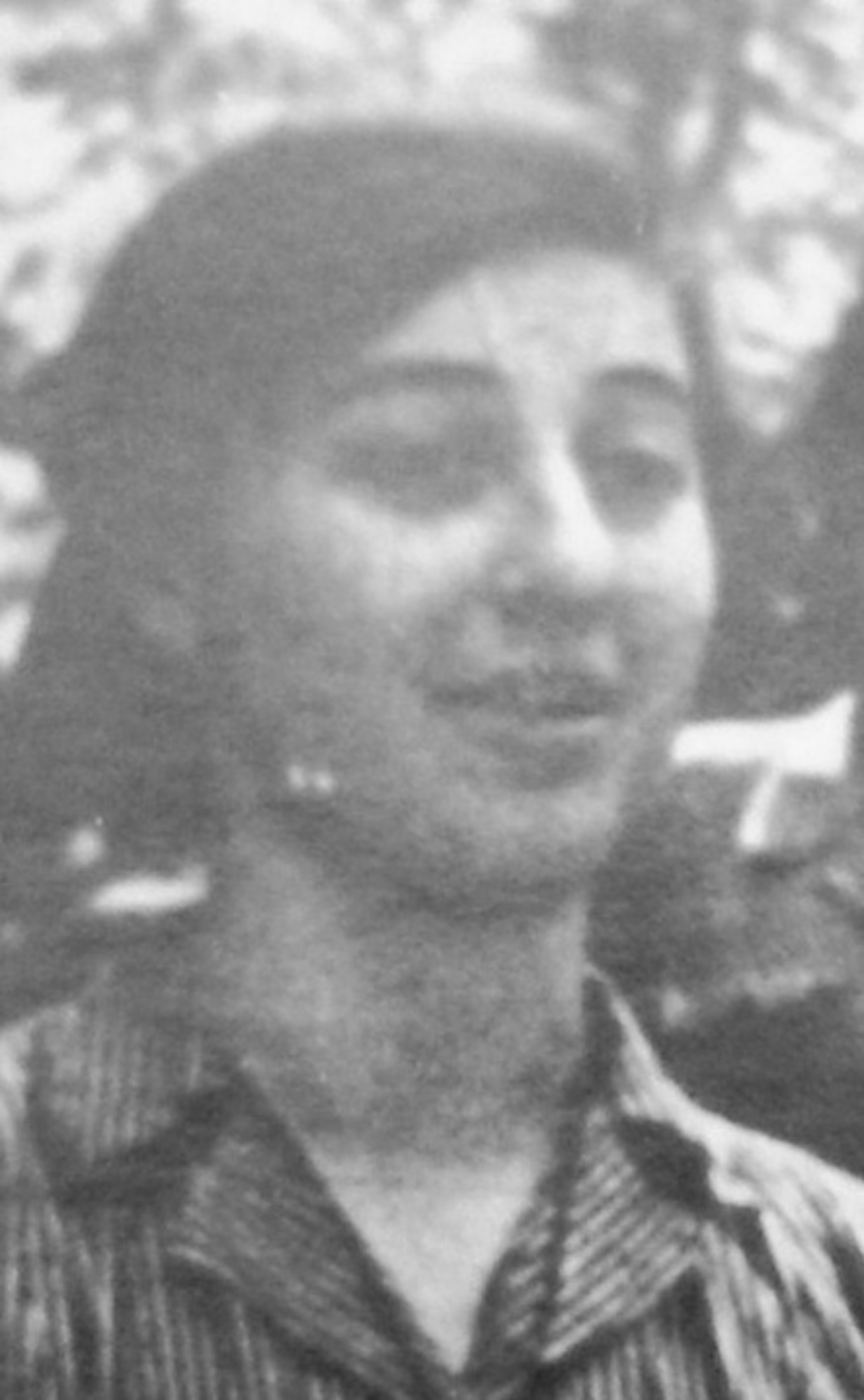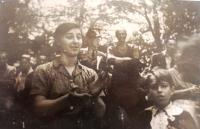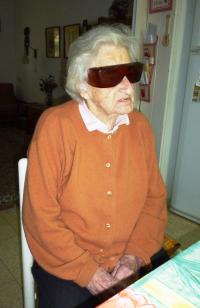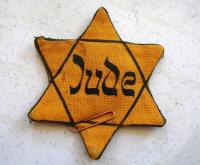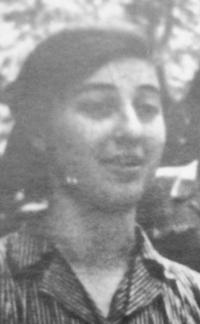Europe became the grave of our nation. We went to Israel
Eva Goldstein, née Hahnová, was born February 26, 1921 in a Jewish family in Prague. She had two sisters - Edita, who is four years older, and Eva’s twin Věra. Her father was a successful businessman who came from the village Skřivany in the Polabí area, and her mother came from Dolní Jiřetín near Most in the Sudeten region. Both languages were spoken at home: Eva’s mother spoke German and her father Czech. Eva was one of the founders of the Zionist movement El Al. In 1939 she wanted to leave the country and go abroad with Jan Kaufmann, her husband-to-be, but they were late: the authorities confiscated their passports. Věra was the only one from the family who managed to stay safe since she had left a bit earlier. Eva spent the year 1940 with a group of Zionist Jews on a farm near Rakovník where she was working hard in the fields and preparing herself for the tough life in Palestine, the land of her dreams. Then she worked in a Jewish clothes repair workshop until her transport in September 1943. Her job as a seamstress saved her from being transported to Auschwitz, because while she was in Terezín, Germans employed her in a workshop where she was repairing army uniforms. After the war, Eva got reunited only with her sister Edita in Prague. Edita had survived Auschwitz and a death march. Her husband and her entire family had died in concentration camps. Eva married David Goldstein and in 1947 she emigrated with him to present-day Israel, using forged documents. She still lives in Israel in kibbutz Ha-Ogen. Her twin sister Věra lives in Israel and her sister Edita settled in Chile.
